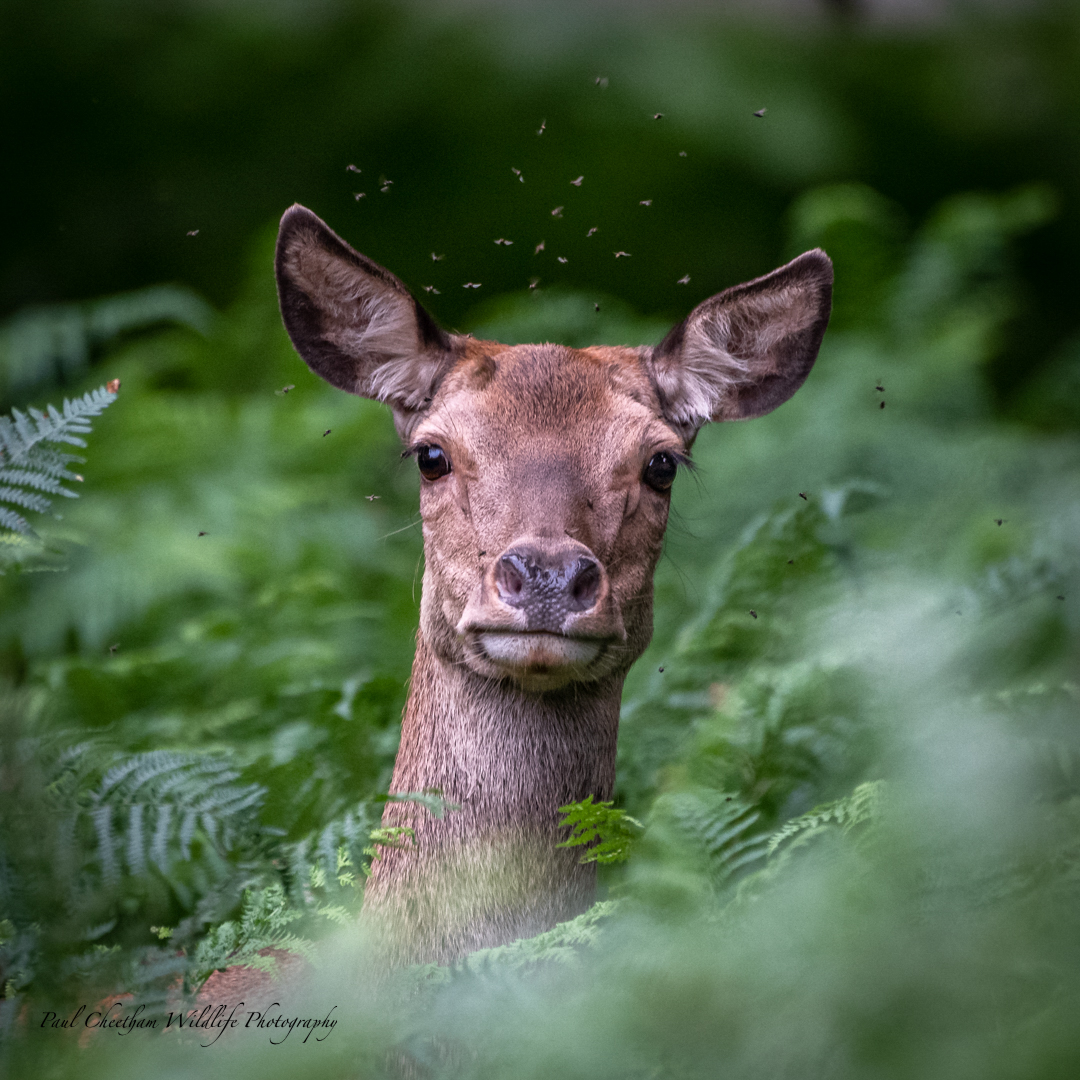
Wollaton Park has been a deer park since 1492; it is home to two herds of deer: Red Deer and Fallow Deer.
Fallow deer are medium-sized deer with distinctive spotted coats, which can range from light brown to dark chocolate. Fallow deer typically live in herds mainly in conservation areas where they are not disturbed. Red deer are larger than fallow deer and have reddish-brown fur. Both fallow deer and red deer are herbivores, feeding on a variety of plant matter including grasses, leaves, and shrubs.
The park is their home. Please do not approach or feed the deer, as this can affect their well-being as well as your safety. A safe viewing distance of 50m is recommended.
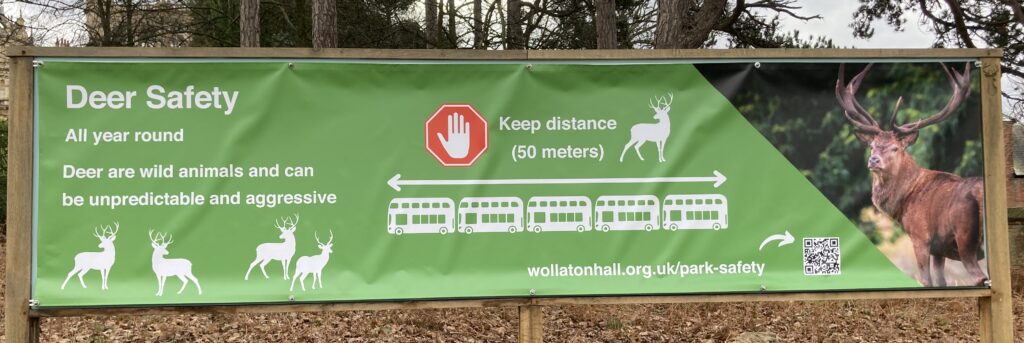
Deer can struggle with new foods as it can actually take their stomachs some time to adapt. Regular feeding can also cause deer to become unnaturally dependent on humans for food. This can lead to deer becoming a nuisance in some cases with reports of them developing aggressive behaviour.
The Britsh Deer Society recommends that all deer, no matter how tame they may appear, should not be approached closely, nor should they be fed by hand or encouraged to eat any material that is not part of their natural diet.
Quote from the British Deer Society
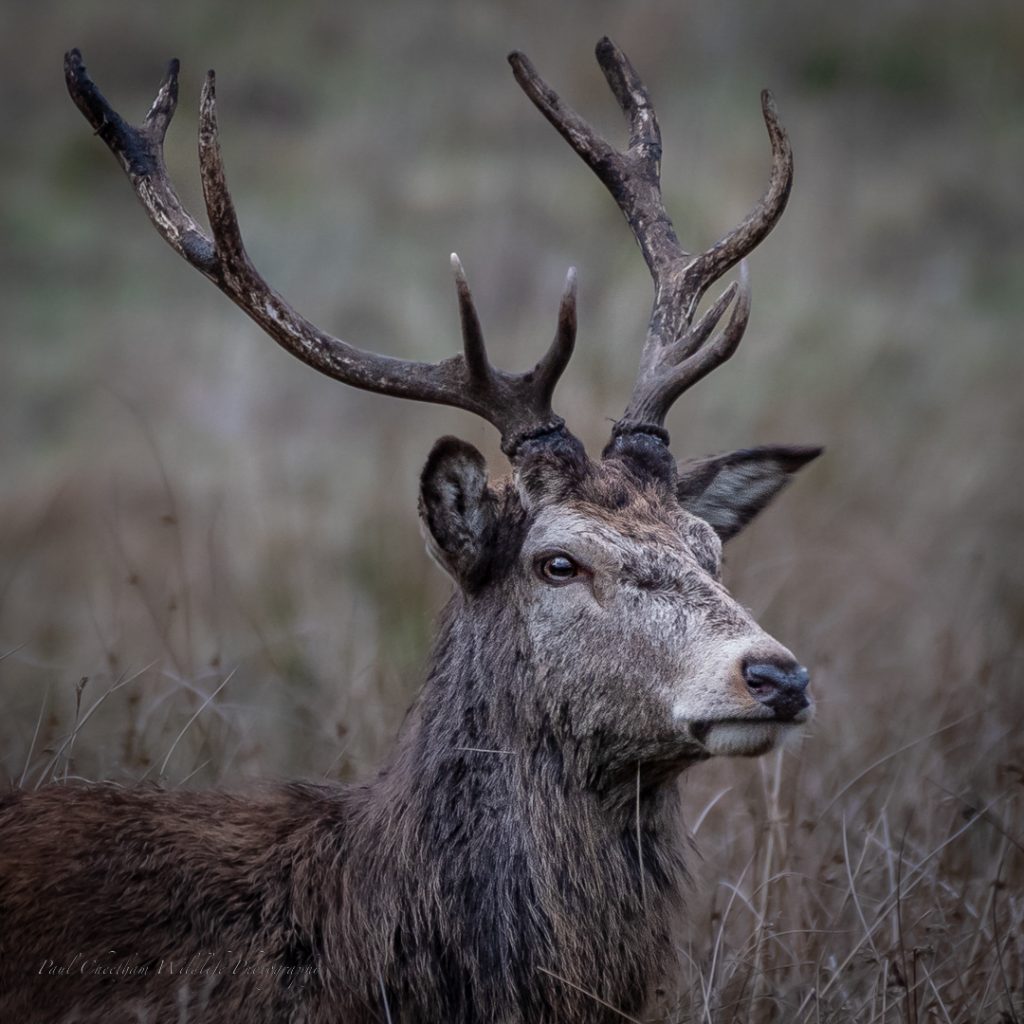
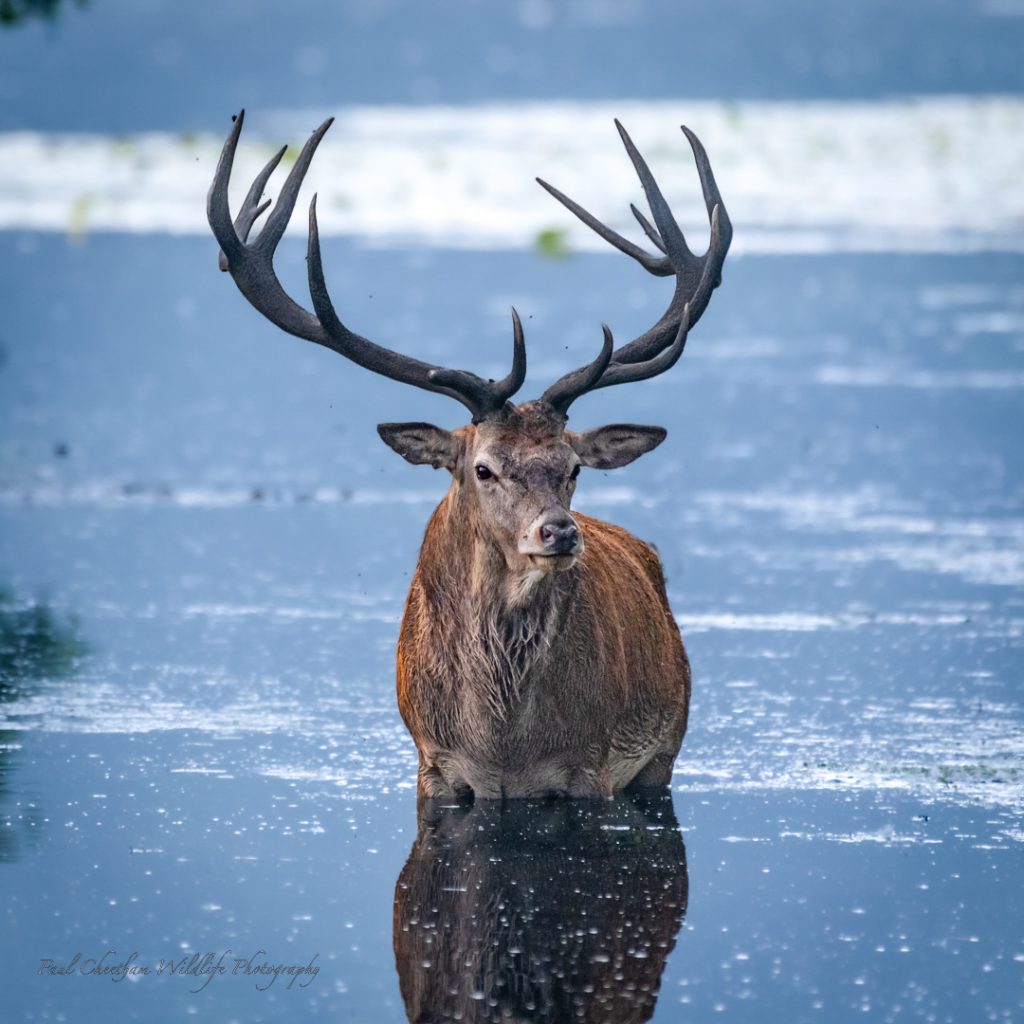


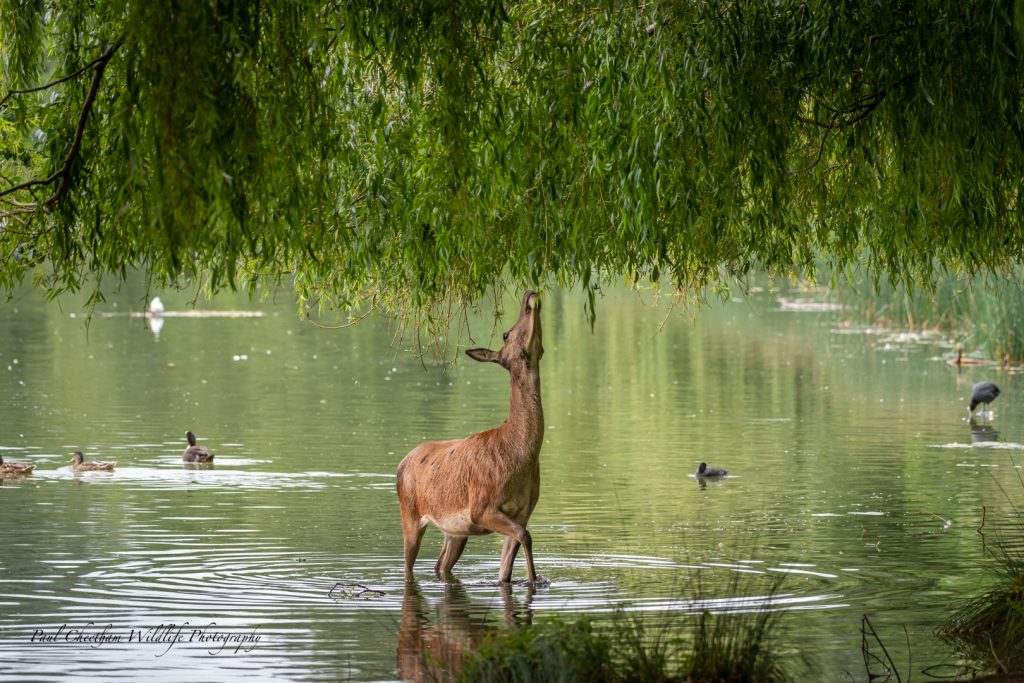
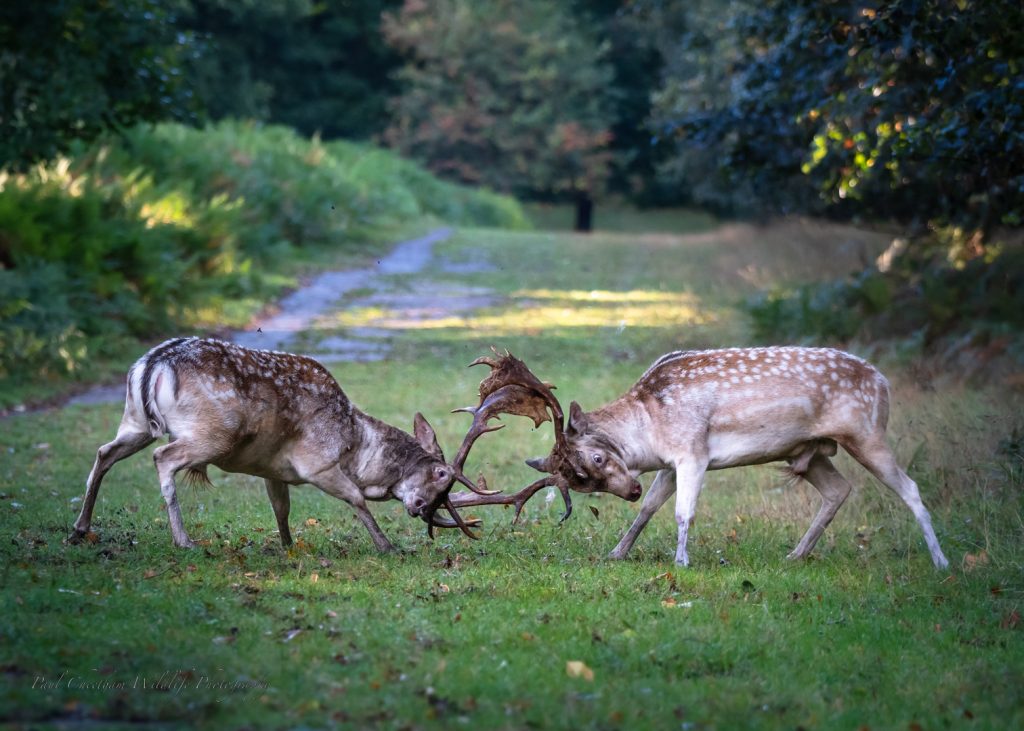
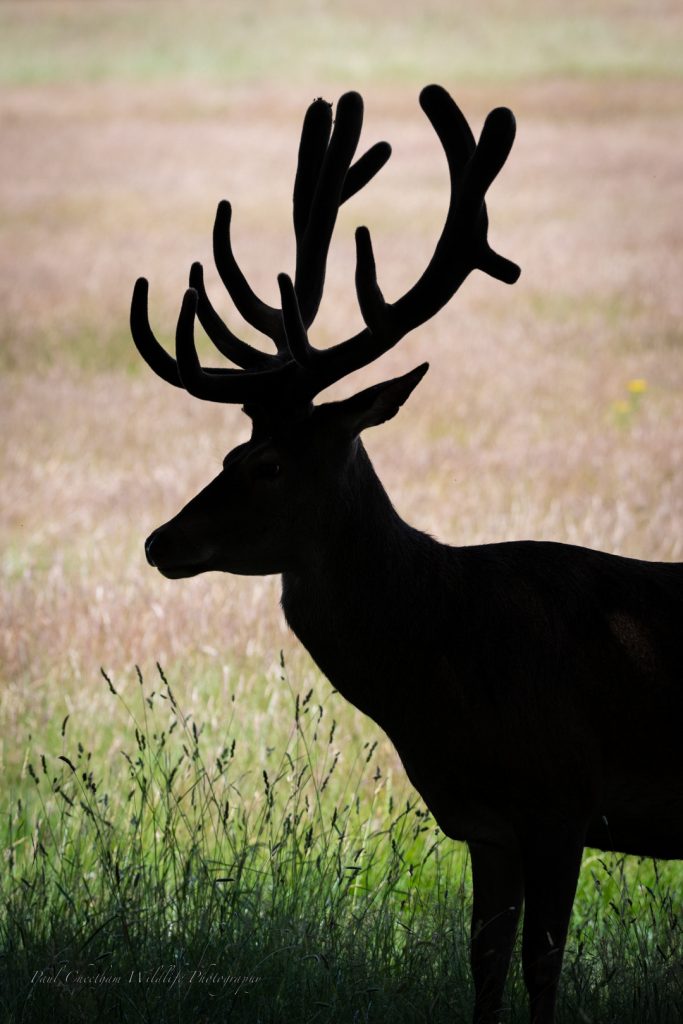
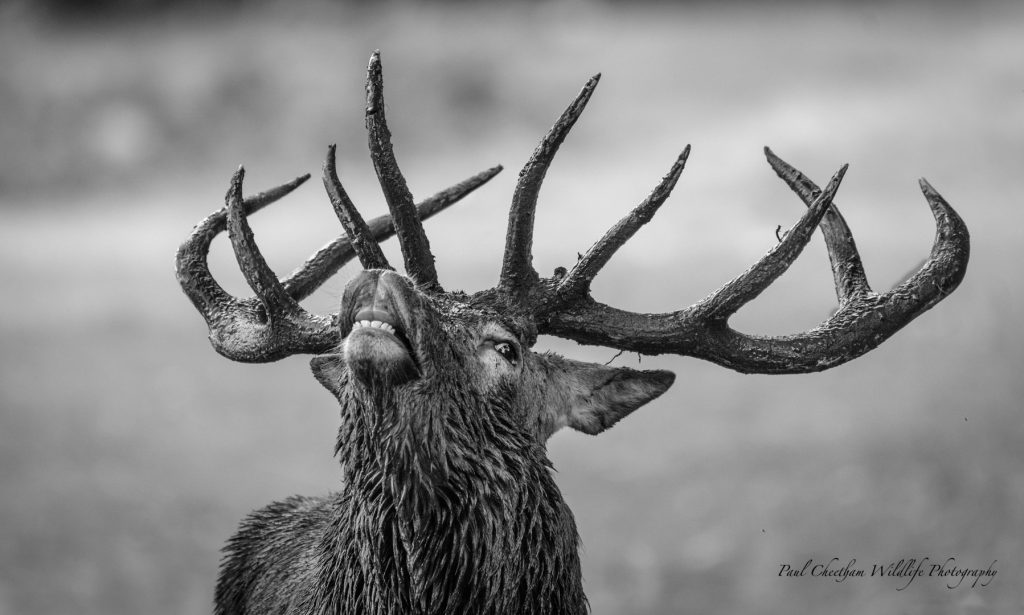
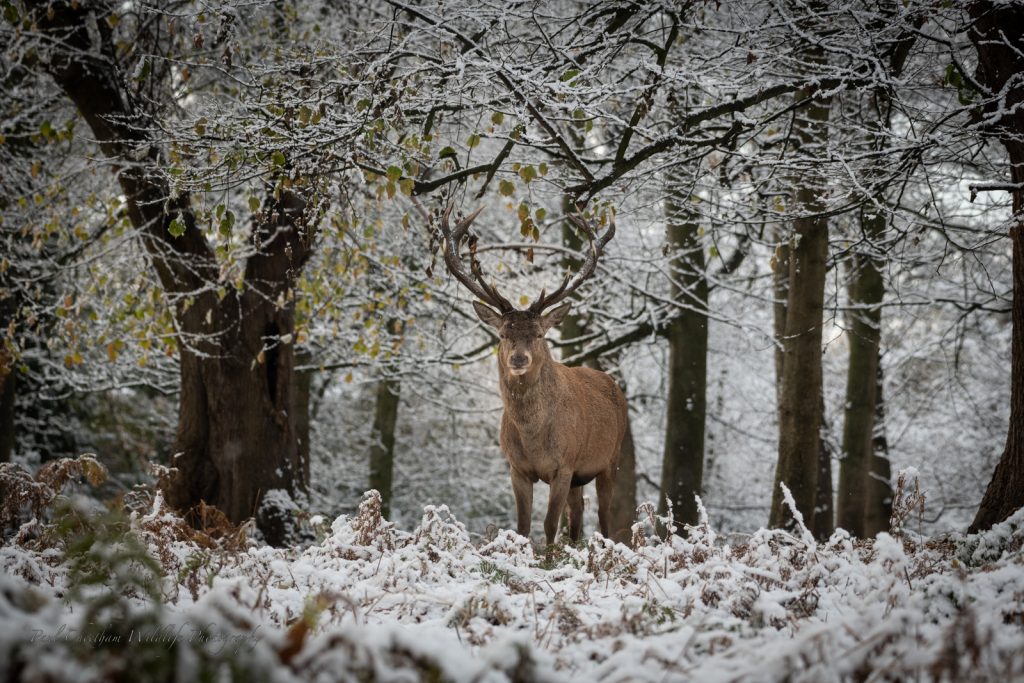
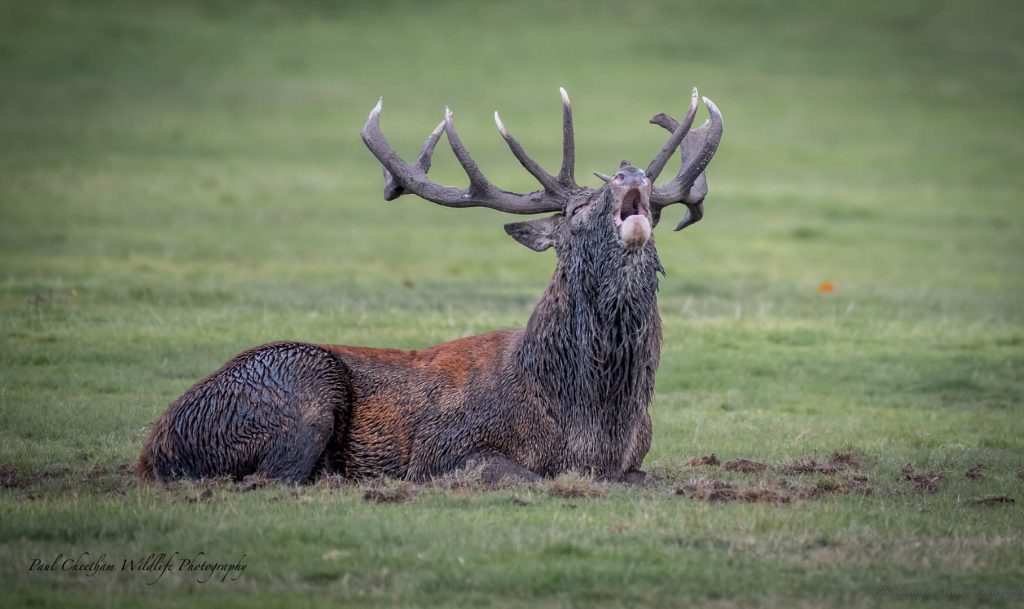
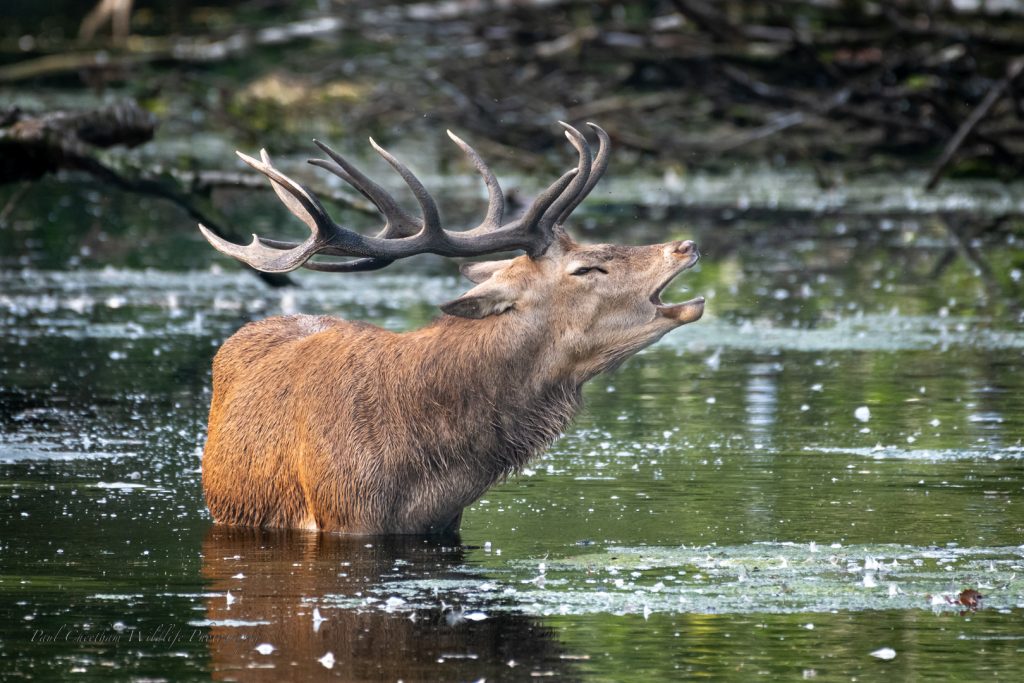
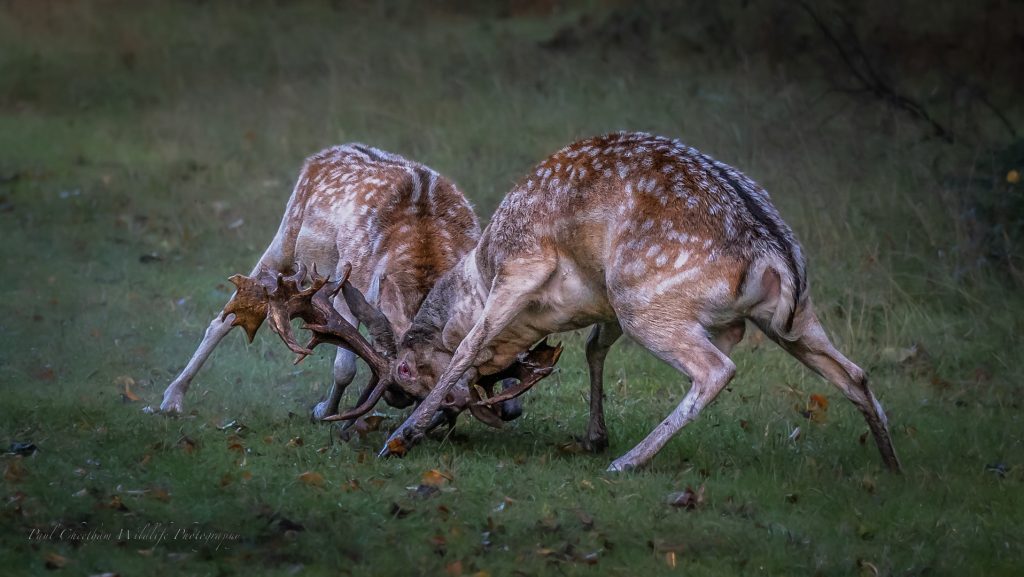
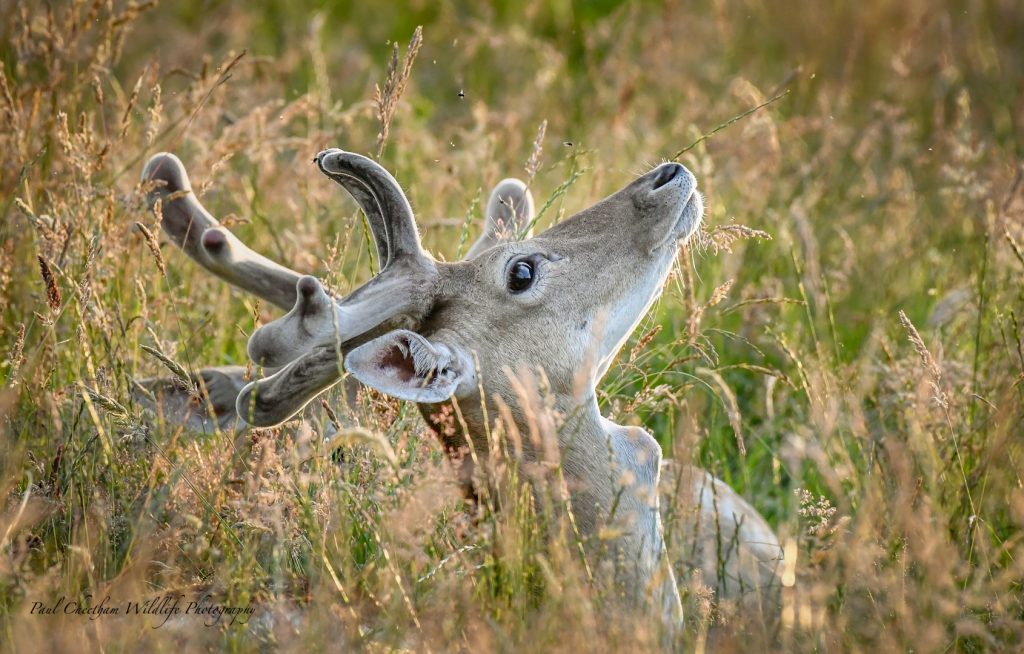
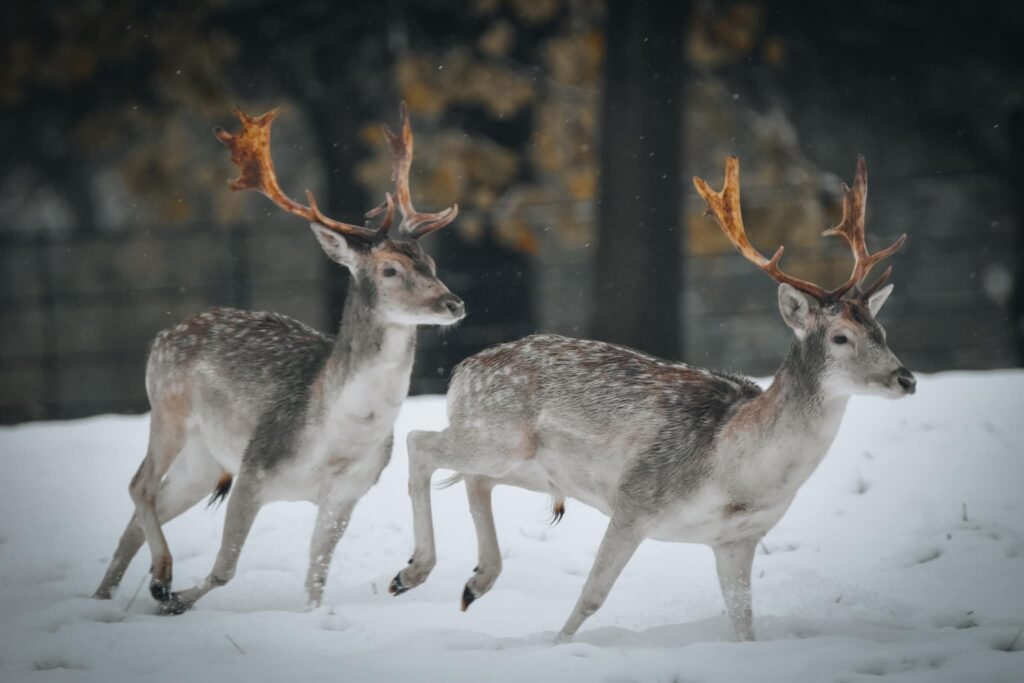
More Information
Interested in learning more about the deer? Volunteer rangers are often in the park and happy to help. Look for them wearing green bibs, viewing the deer from a safe distance.
Volunteers also run a deer information pop-up stand during busy periods. Feel free to stop by and say hello! They can help you learn all about the deer and even let you hold some antlers.
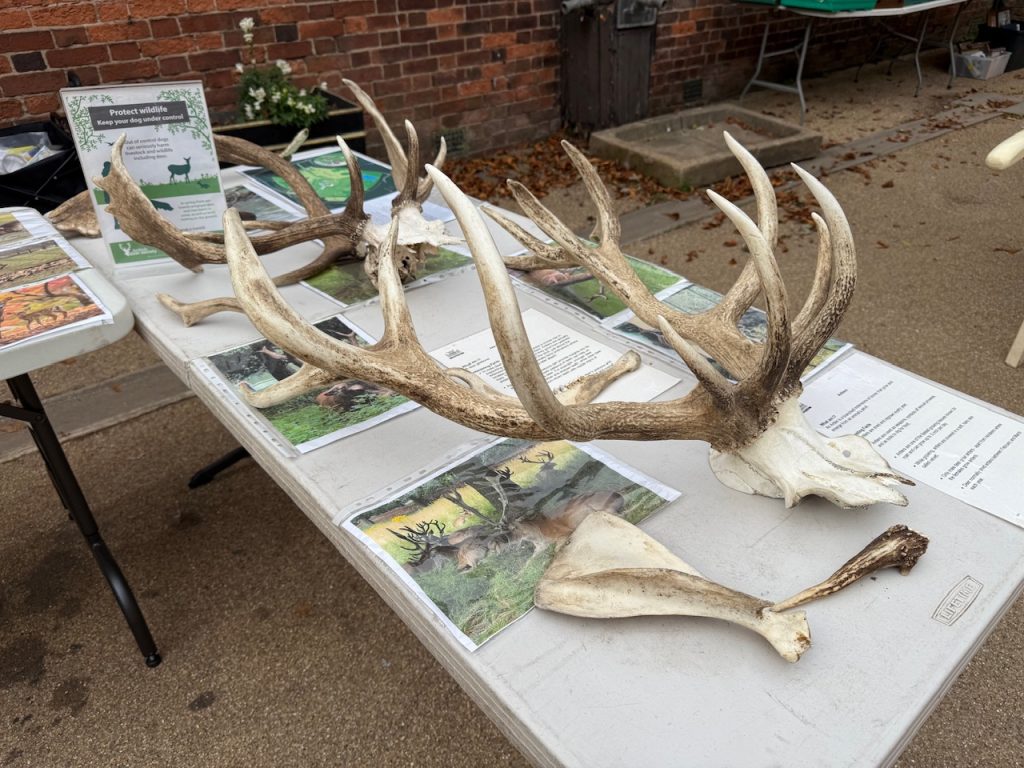
Alternatively, visit the British Deer Society website.
Muntjac
Muntjac Deer are also known to roam the park.
Deer Lifecycle
- Antler growth and shedding: In the spring, male deer shed their antlers from the previous year. These antlers are made of bone and are covered in velvet, which is a soft, sensitive tissue. The velvet helps to nourish the antlers as they grow. In the summer, the antlers harden and the velvet falls off.
- The Rut: The rut season for deer typically occurs in autumn. During this time, stags will spar with each other to establish dominance. The dominant stags will then mate with as many females as possible.
- Gestation: Female deer are pregnant for about 8 months. They give birth from mid-May to mid-July.
- Fawn rearing: Calves are born with their eyes open and can walk within hours of being born. The mother deer will hide her calves in the long grass while she goes foraging for food. She will return to nurse her calves several times a day.
- Maturity: Stags reach sexual maturity at about years old. However, they typically do not mate until they are 5 years old. Hinds usually give birth to their first calf between 2-4 years old.
- Adult deer: In the park, adult deer live for about 10-12 years. exceptionally up to 20 years.
Latest News About the Deer in Wollaton Park
- Do not Feed or Touch - Wollaton Park has issued a warning to visitors after a group of people, including children, were seen touching a stag.…
- A Fed Deer is a Dead Deer - Article on why feeding deer is a terrible idea, and ultimately causes the deer to die from being unable to…
- They’re not Rudolph, they don’t like carrots - New research from University College Dublin reveals that feeding deer is causing serious health and behavioural issues for these beautiful…
- Leave Wollaton Park Deer Alone - A concerned Nottinghamshire Live reader has voiced fears about people getting too close to deer at Wollaton Park.
- Deer Wellbeing - Nottingham Post reported there are plans to fine people who get too close to the deer. However a follow-up report…
- Litter – A Deer Issue - Litter warning after Wollaton Park deer filmed chewing wet wipe.
- Feeding Deer – Issue - Wollaton Park: Visitors warned over wild deer feeding
- Deer Selfies - Warnings over taking Selfies with the Deer in the park
Frequently Asked Questions About the Deer
In March or April each year, the male deer shed their antlers.
Antlers are primarily used by males for competition during mating season. The size and shape of the antlers can indicate a male’s health and dominance, helping them attract mates and fight off rivals. Shedding the antlers after mating season conserves energy and avoids the disadvantages of carrying heavy antlers during the winter month.
Deer have Antlers.
Antlers: Made of bone, shed and regrown annually, covered in velvet while growing.
Horns: Made of keratin (same material as hair and nails), permanent and continuously grow throughout an animal’s life.

- Keep dogs on leads throughout the park, especially near the deer
- If a deer charges towards you, let your dog off the lead so it can run away
- Owners of dogs worrying the deer may receive a fine of up to £1,000
- Do not touch or approach young deer if found, mother will be nearby.
- Female Red Deer are known as Hinds, the males as Stags and the young as calves.
- Female Fallow Deer are known as Does, the males as Bucks and the young as fawns.
Sorry to disappoint our younger visitors at Christmas time, but there are no Reindeer.
Deer can see blue and red, but struggle to distinguish orange and green from red. Blue is the worst colour to wear when trying to spot deer, as they perceive it very easily.
More: https://www.color-meanings.com/what-colors-can-deer-see-vision/
The deers are a great sight and make excellent photos.
It is important that you take your photos from a distance of over 50m, to protect both the deer and yourself from accidental harm.

The breeding season or rut is typically from late September until November.

The deer roam the park and could be anywhere!

Photographs on this web page were taken in Wollaton Park and are reproduced with the original artist’s permission. Copyright © for each picture remains with the original artist, who is duly acknowledged for their contribution.
On this page: Paul Cheetham, Adam McKillop, Amy McDonald.

